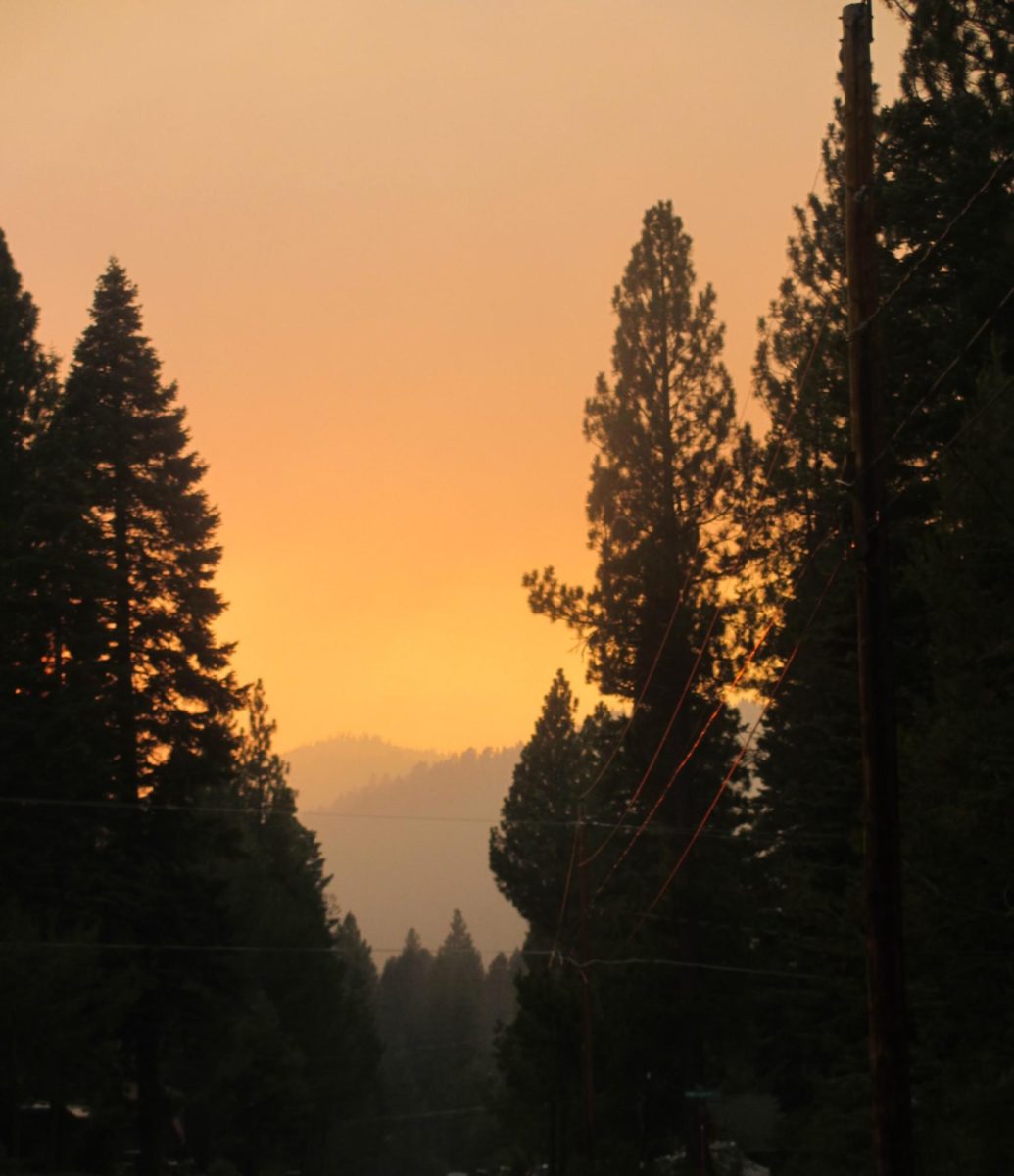When Donald Trump’s second term as U.S. president began, he signed a swath of executive orders, including two that reclassified and put a hiring freeze on employees of federal agencies. Some of the programs that have been significantly affected are those that work to protect, manage, provide information about, and allow us to recreate on natural lands. These include but aren’t limited to:
- Department of Agriculture (USDA)
- Environmental Protection Agency (EPA)
- Department of the Interior
- National Aeronautics and Space Administration (NASA)
- Department of Energy
- National Oceanic and Atmospheric Administration (NOAA)
Some background on federal layoffs: What has happened in the past month?
On February 11, another executive order was signed by the president to use his Department of Government Efficiency (DOGE) team to enforce the previous decisions regarding federal employees. The group is headed by Elon Musk, co-founder of companies like SpaceX and Tesla. Although not listed in Trump’s official cabinet, Musk is now Trump’s Senior Advisor. According to NPR, he is a temporary special government employee (SGE) who has likely been hired to “provide specialized expertise”. Many are confused about his role, but this is not a new thing, as there is often skepticism surrounding the roles of SGEs in the White House.
In the worlds of tech and business, Musk is sure to have a lot of knowledge, but DOGE’s purpose is reducing the size of the federal government, a common goal of conservative ideologies. Specifically, DOGE aims to “save taxpayer dollars, reduce unnecessary government spending, and streamline government priorities” (The White House).
Thursday, March 13, about a month after the firings some are calling the “Valentine’s Day Massacre”, two district courts judges ruled Trump and DOGE’s actions to be unlawful. Northern California Judge William Alsup and Maryland Judge James Bredar have ordered for thousands of employees to be reinstated in lawsuits filed by federal employee unions.
These rulings are not final by any means, both are short-lived decisions that could be altered if they reach the Court of Appeals or even, eventually, the Supreme Court. However, according to The New York Times, “In a statement on Tuesday, the Agriculture Department said it was working on a ‘phased plan for return to duty.’”. This plan covers over 5,000 employees considered non-essential or probationary that have been cut from the USDA’s 29 sub-agencies.
What issues do these layoffs pose for the environment?
The work of DOGE is yet another devastating blow by the Trump administration to slow progress on combating climate change. The Environmental Agencies that support climate research, wildfire prevention, manage national parks, and more have recently had to cut out programs and layoff employees.
Trump appointed Brooke Rollins as Secretary of Agriculture, who in her opening remarks claimed she was ready to support and “advance his agenda”. Rollins outlined her goals were to welcome the work of DOGE, end DEI in the USDA, support American farmers, and return those people to in-person work. Some of the key issues she has worked to combat so far have been bird flu and high egg prices.
The Forest Service (USFS), one branch of the Department of Agriculture, has reduced its workforce to the tune of about 2,000 people fired (AP News). Rollins supported this reduction of forces, claiming essential workers will be retained and thanked USFS fire crews for their work fighting the LA fires.
However, AP says that Rollins “didn’t address the fired workers who were responsible for removing combustible fuels and other projects aiming to lower a wildfire’s intensity.” These personnel referred to are fuels reduction crews whose jobs are to remove dead materials from forests to prevent wildfires from igniting. Many positions that have been terminated in the Forest Service are those that help keep communities safe from issues like wildfire, which is particularly problematic for the American West.
An SF Gate article states, “Councilmember Courtney Henderson said 21 people who worked for the Tahoe National Forest had been laid off — about 10% of U.S. Forest Service workers in the Truckee region. No seasonal positions are being funded, either.”
Another concern is avalanche centers, like Truckee-Tahoe’s Sierra Avalanche Center (SAC) which is a non-profit that partners with USFS. Three avalanche forecasters and one supervisor are hired through the Forest Service.
Although our local center has not experienced any staffing cuts yet, one of the three forecasters is in danger of being laid off. SAC Executive Director, David Reichel states, “As of today [March 17], our forecaster still has their job and we continue to be concerned that they could be fired.”
In the past, during government shutdowns, the forecasters’ jobs were protected and recognized as essential. The firing of one of these employees would be a serious issue for the Truckee-Tahoe area. If a forecaster is laid off, the organization will have to cut down on daily forecasts from 7 days a week to only 4 per week. Thousands of people base their recreational decisions on this forecast. Sheriffs, search and rescue, as well as ski patrol at local resorts also consult and depend on the work of SAC to keep the public safe.
Learn more about how to help SAC and how the current government could impact their life-saving work here.
The 2025 Trump administrations’ decisions about the necessity of federal employees is having significant impacts on real people in American communities, livelihoods, and our environment. DOGE cutting employees from USDA means less people preventing wildfires and could even mean less people providing the tools for backcountry safety.

